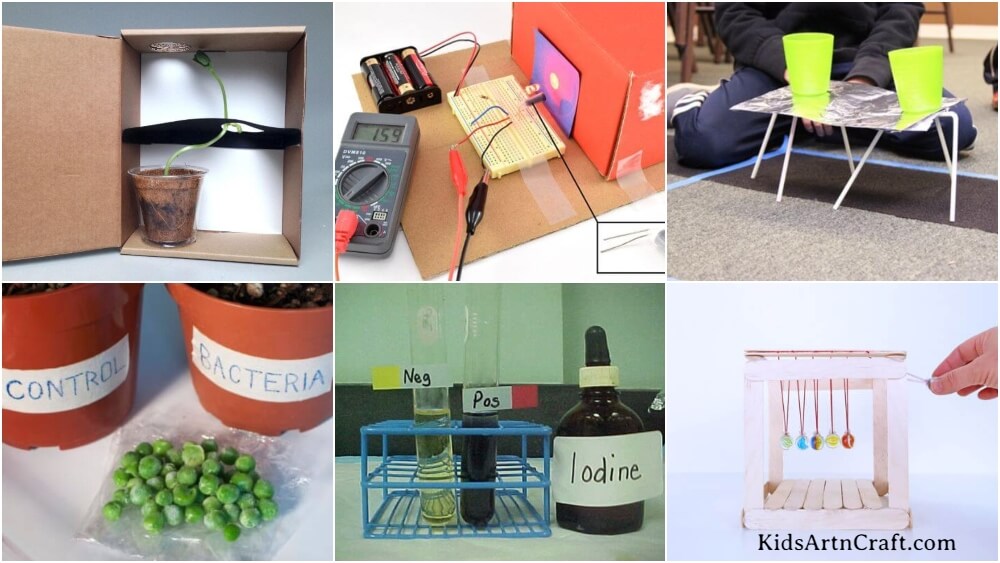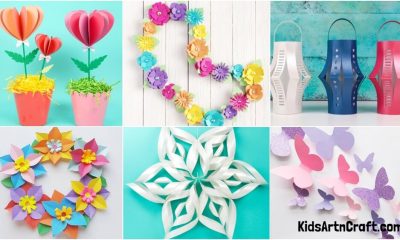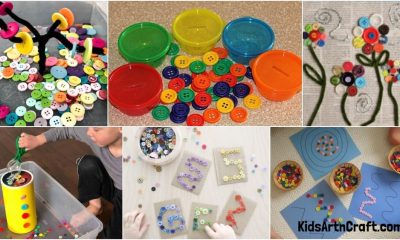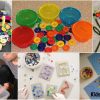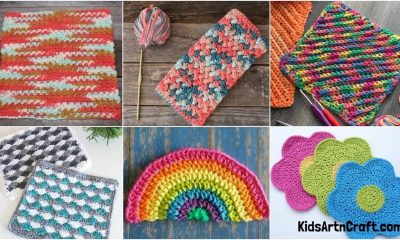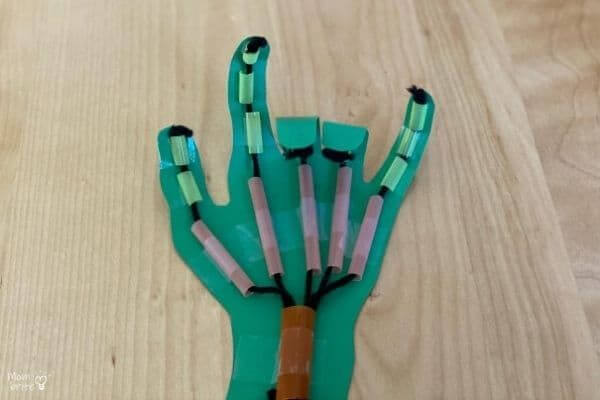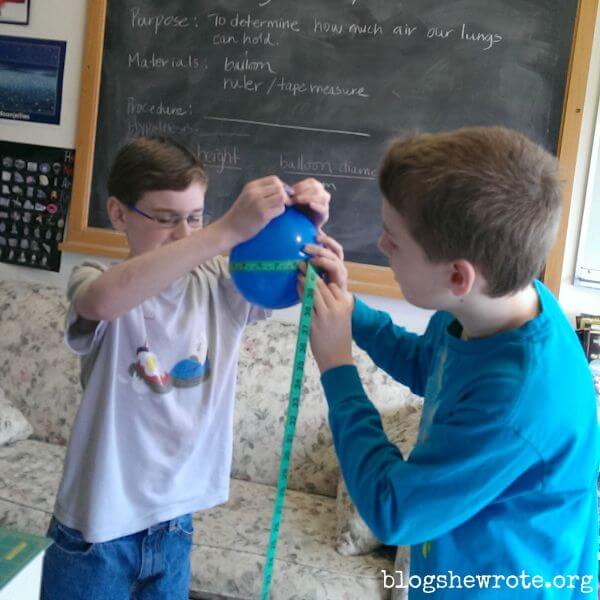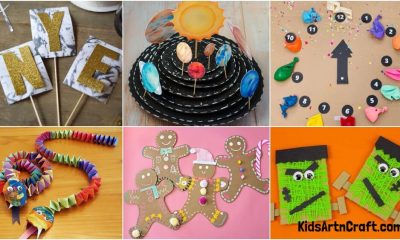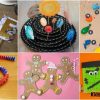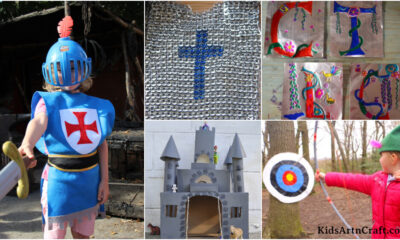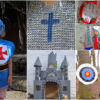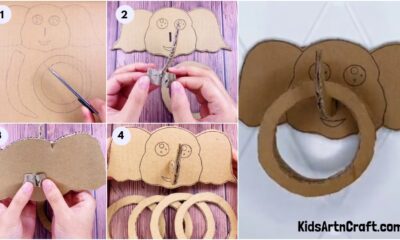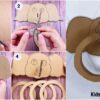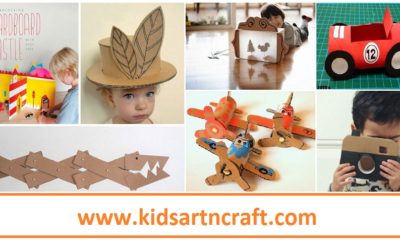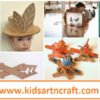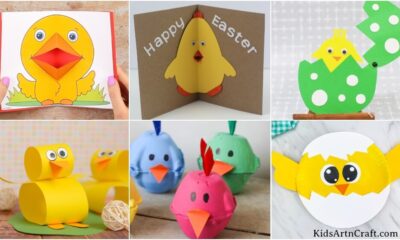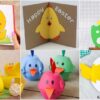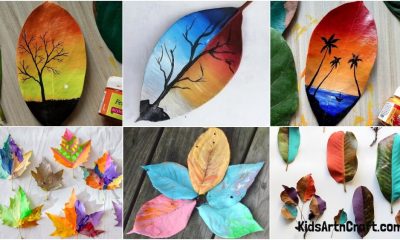Cardboard Craft
Science Fair Projects & Experiments for 8th Grade

If you’re searching for science fair projects and experiments for 8th grade, you’re in right place! We are here with science fair projects and experiments like plant growth experiment, stem science project and robotic hand model.
As eighth-grade science is frequently focused on the science fair, we’ve compiled a list of fantastic project ideas for students to pursue. Teachers can discover ideas for hands-on activities and experiments that may be done in the classroom here as well. These hands-on activities will educate children a lot about science and the world around them! The Science Fair day is usually a highly anticipated and memorable event during the school year! If you, your child, or your pupils are looking for some motivation, read the article below and choose from the list of suggestions.
Science Fair Projects & Experiments For 8th Grade
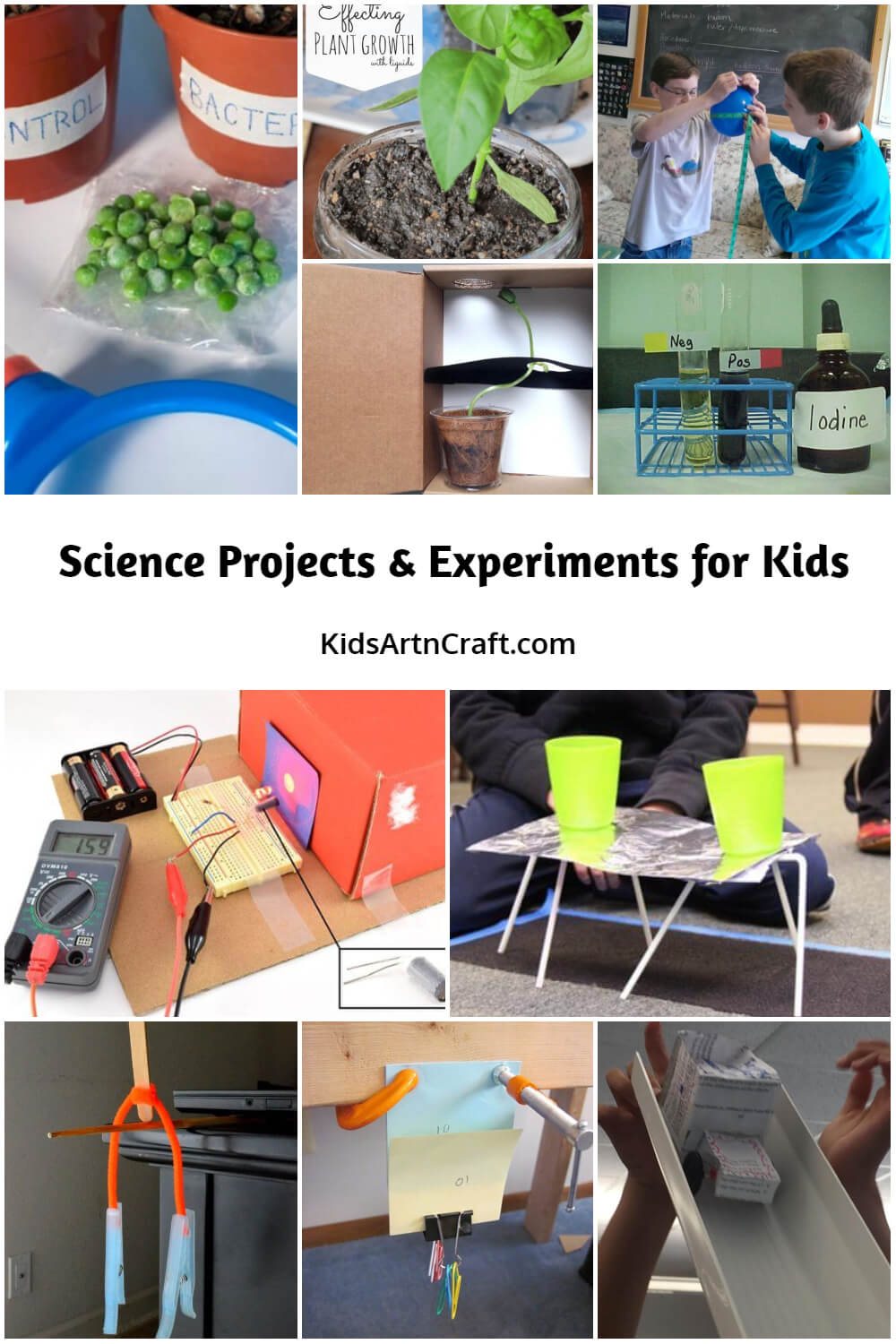
Read More: Scientific Crafts for Toddlers Using Straws – Cool Science Projects
Effecting Plant Growth Experiment For Kids
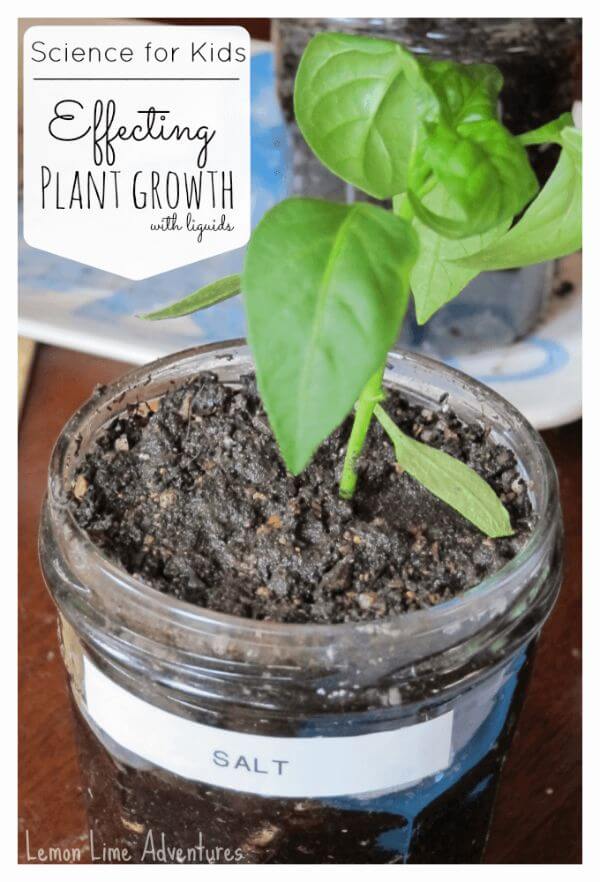
Image Source/ Tutorial: Lemon Lime Adventures
Light Bulb Science Project For Kids
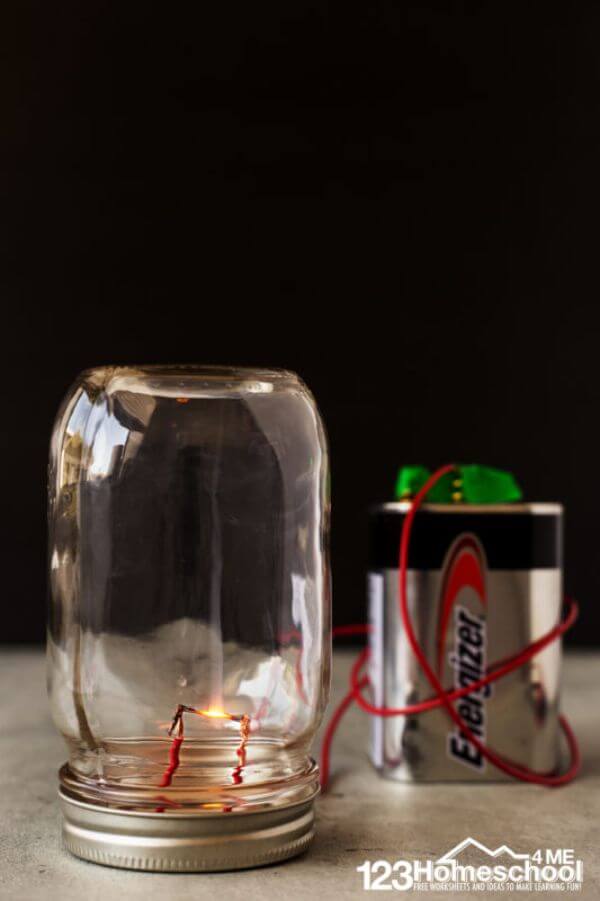
Image Source/ Tutorial: 123 Home School 4 Me
How to Make Robotic Hand Model
Electrolyte Challenge Science Project For Kids
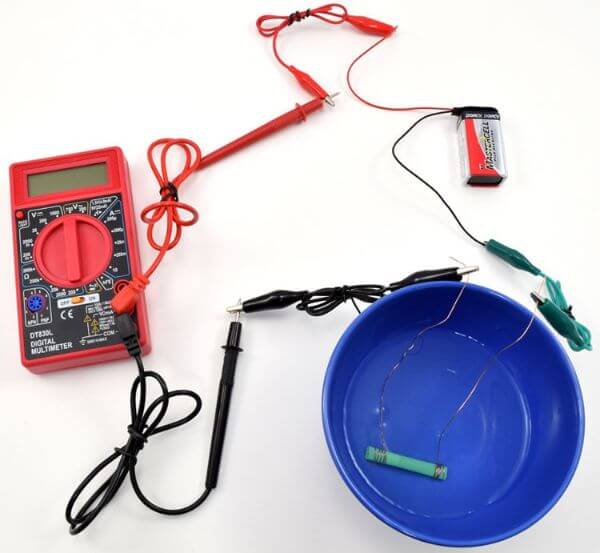
Image Source/ Tutorial: Science Buddies
Algae And Pollution Experiment Science Project For 8th Grade
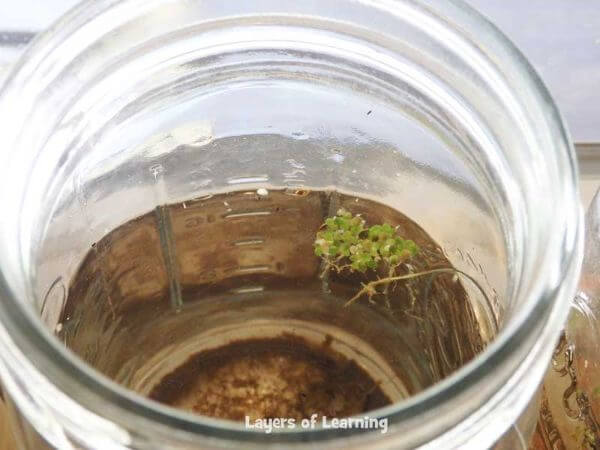
Image Source/ Tutorial: Layers-Of-Learning
Read More: 1st Grade Science Projects for School
DIY Science Newton’s Cradle At Home
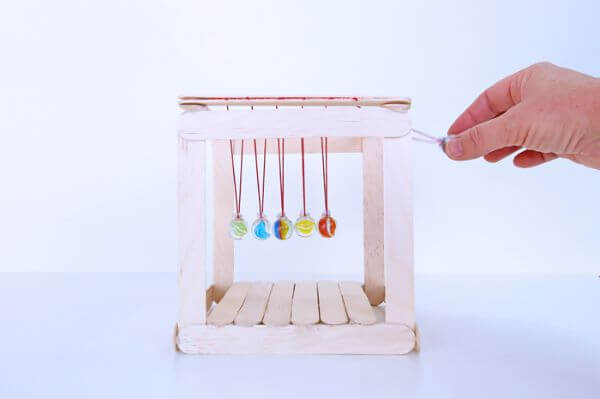
Image Source/ Tutorial: Babble Dabble Do
Stem Science Project Experiment Activity For 8th Grade
Crime Scene Fingerprinting Science Project experiment For 8th Grade
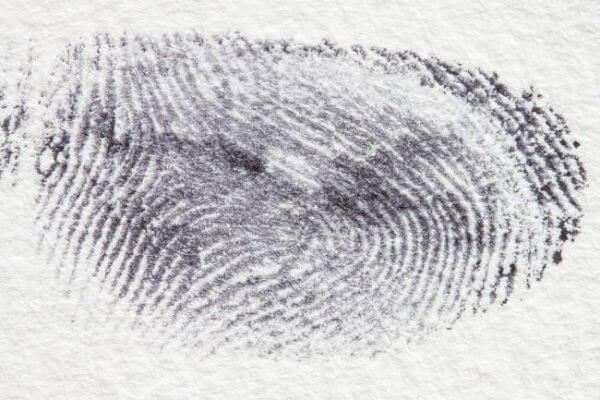
Image Source/ Tutorial: Learning-Center Home Science Tool
Light Measuring Circuit Experiment For Students
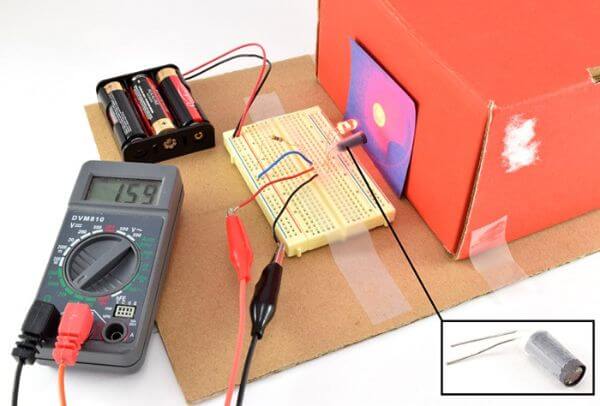
Image Source/ Tutorial: Science Buddies
How To Make Lift Car with Two Phone Books
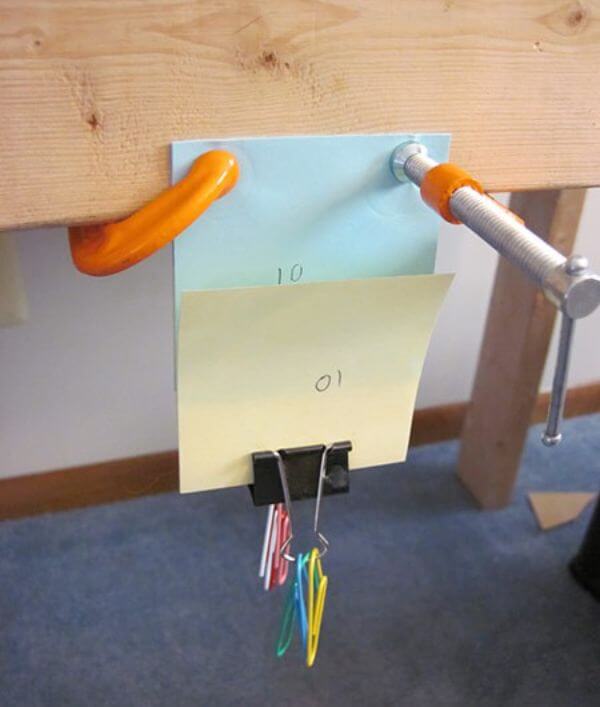
Image Source/ Tutorial: Science Buddies
Read More: Ice Science Experiments For Kids
DIY Plant Light Science Project Experiment For 8th Grade
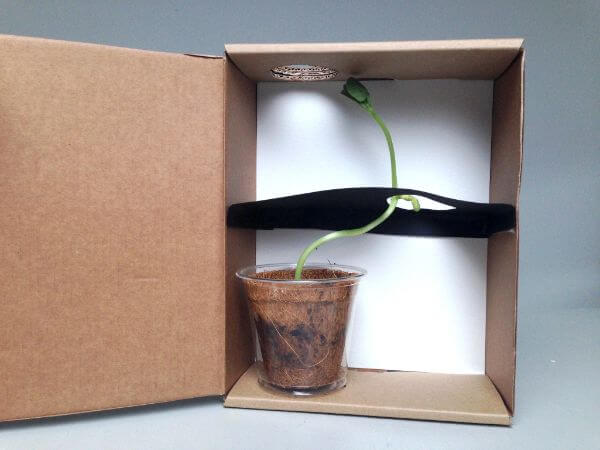
Image Source/ Tutorial: Kiwi Co
Hydraulic Elevator STEM Project
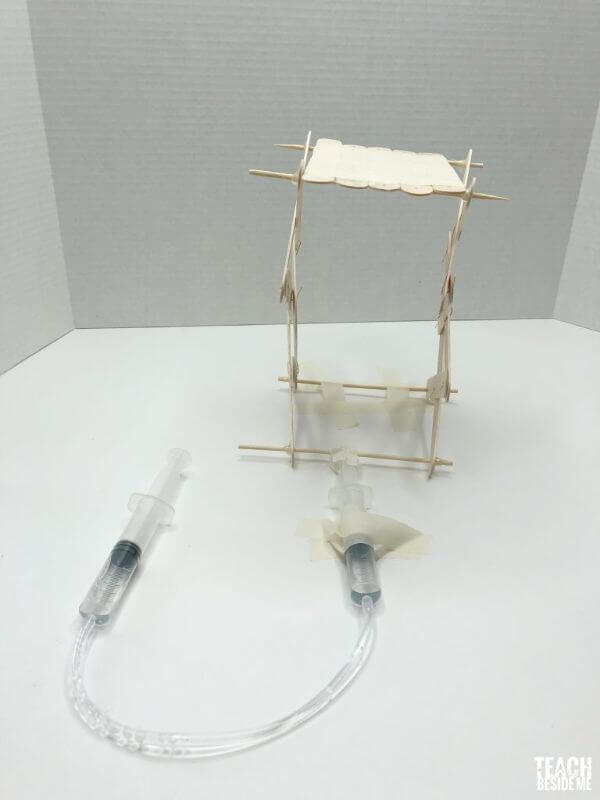
Image Source/ Tutorial: Teach be Side Me
Nature STEM Science Project
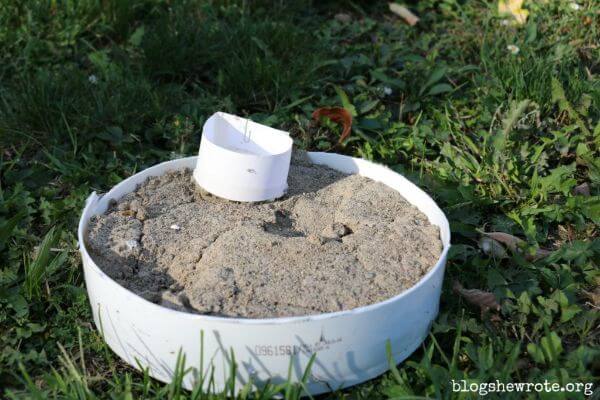
Image Source/ Tutorial: Blog She Wrote
Infinity Mirror Science Project Experiment
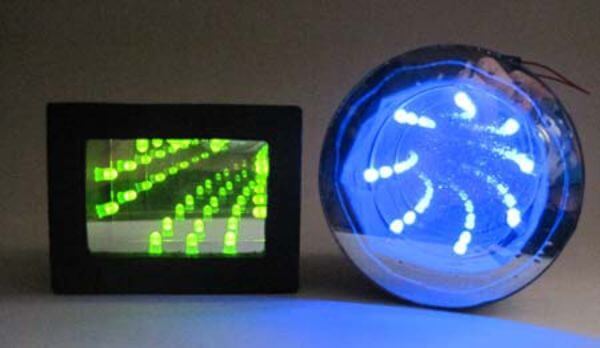
Image Source/ Tutorial: Science Duddies
Cup Holder STEM Challenge
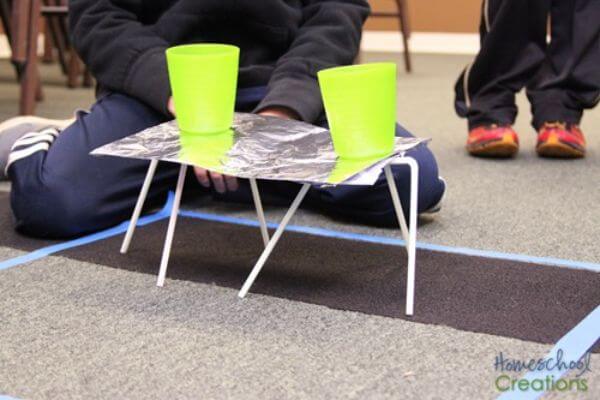
Image Source/ Tutorial: Home School Creations
Read More: Edible Science Experiments for Kids
Water Quality Testing Experiment
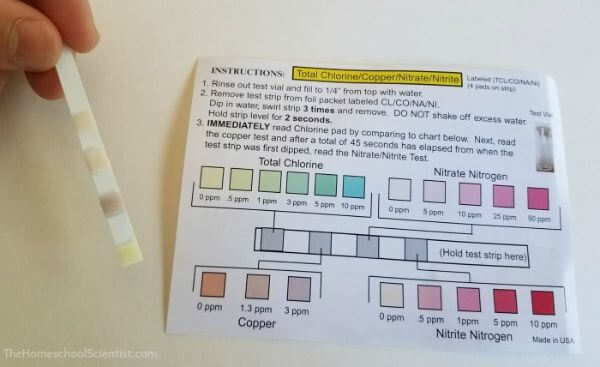
Image Source/ Tutorial: The Home School Scientist
Pepto-Bismol Tablet Science Project
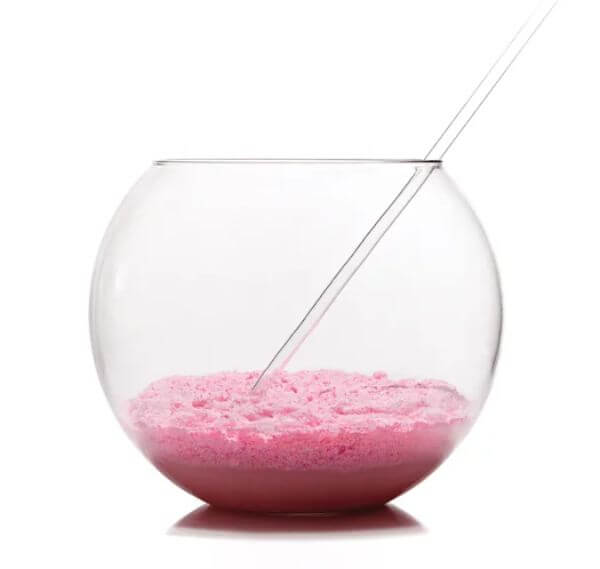
Image Source/ Tutorial: Popsci
Solar Powered Water Desalination Experiment
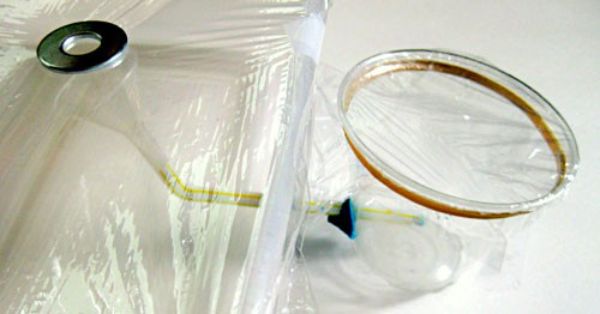
Image Source/ Tutorial: Science Buddies
Biology Starch Testing experiment
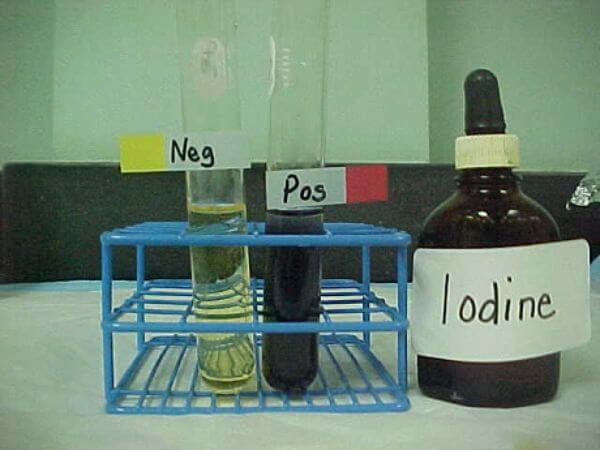
Image Source/ Tutorial: Biology-IGCSE Weebly
Science Project Middle School For Symbiosis
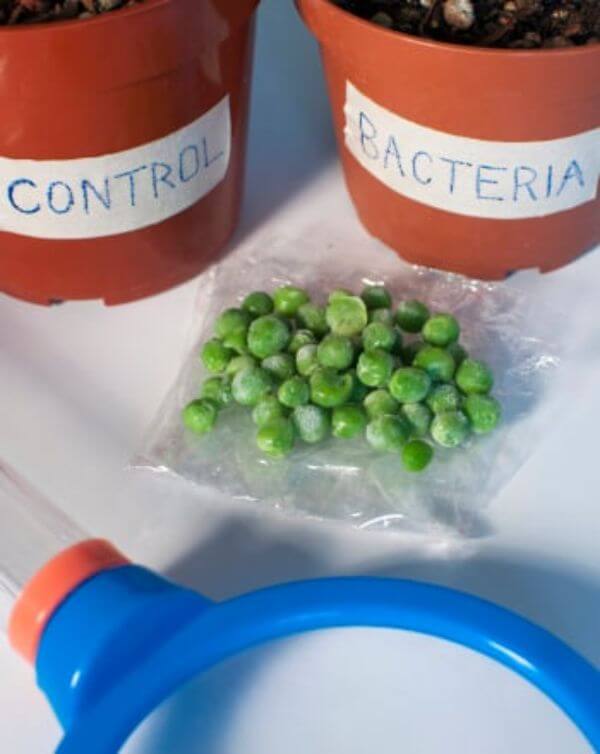
Image Source/ Tutorial: Education
Read More: 10 Simple Science Experiments for 3-5 Year Olds
STEM Car Crash Science Project
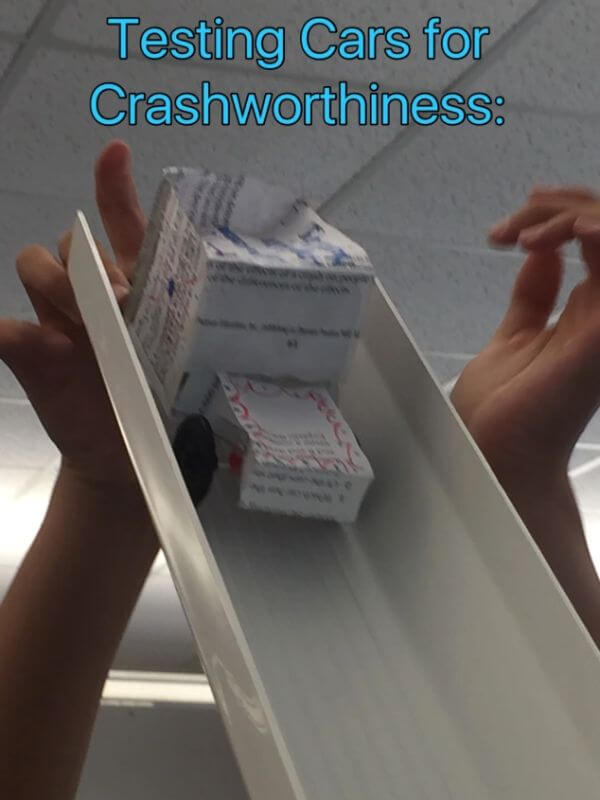
Image Source/ Tutorial: The Ardent Teacher
Center of Gravity Experiment Science Project
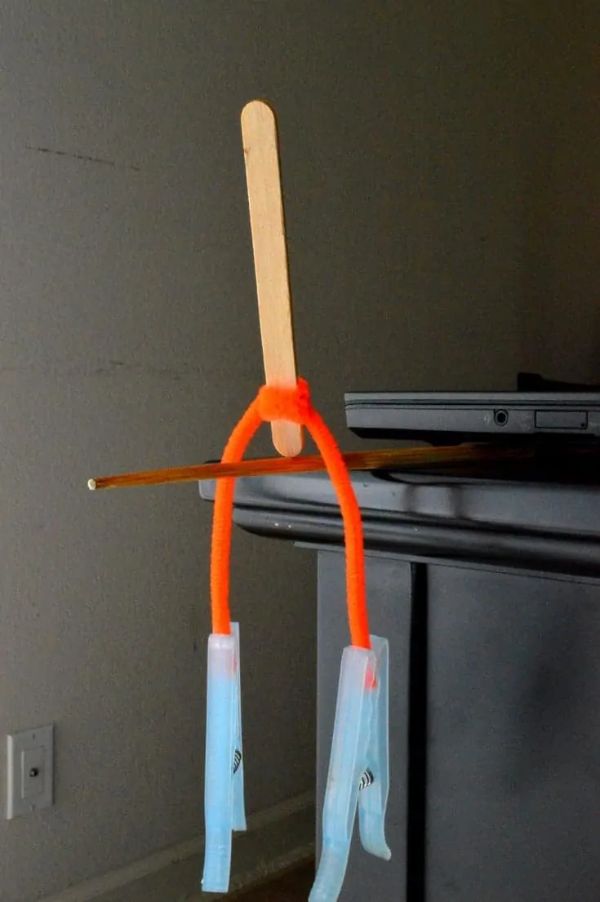
Image Source/ Tutorial: Rookie Parenting
Homemade Battery Science Experiment For Kids
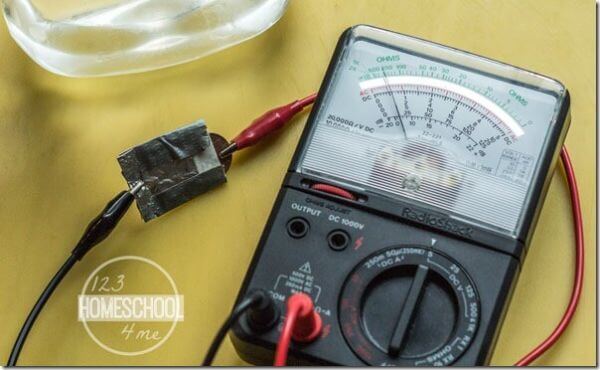
Image Source/ Tutorial: 123 Home School4 Me
How To Make Green Flames
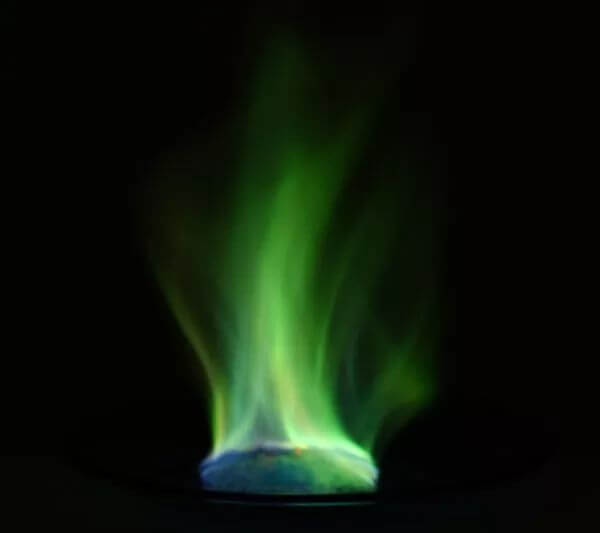
Image Source/ Tutorial: Thought Co
How to Write a Science Fair Project Abstract
We all know the Science Project abstract plays an important role in any science project fair. But do you know what an abstract means? And why it is so necessary to make an abstract? Before moving further, let me tell you what an abstract means?
Meaning of Abstract
The abbreviated version of the final report of your science project is known as abstract. Mostly science fairs put a word limit of up to 250 words. The science fair project abstract appears at the beginning of the report as well as on the display board.
These are the very important six pieces that most scientists and engineers agree that an abstract should have. These steps include:
1. Introduction
2. Motivate
3. Problem statement
4. Procedures
5. Results
6. Conclusion
Introduction: In this step, you have to describe the purpose for doing your science fair project or invention. This is a very important step as in this step you will tell your visitors, what special did you do in your project. You have to tell them what specialty does your project or invention contains, to attract the audience.
Motive: In this step, you have to motivate the reader to read the entire paper or display board so that they can understand your science project work more clearly.
Problem Statement: This step contains identifying the problem you solved, or the hypothesis you investigate.
Procedures: In this, you have to step out the approaches you’ve used to solve the problem. But don’t go into detail, unless they are critical to your success.
Result: In this step, you have to mention the result obtained. Do not use vague terms like “most “or “some”.
Conclusion: This is the final step, in this step you have to mention the science fair project or invention contribution to the area that you worked in, or did you get the desired result?
To make a good impact or for presenting your project in a proper way, the abstract is really important. Let us know why the abstract is so important.
Importance Of Abstract
A science fair project abstract helps people to quickly determine if they wanted to read the entire post or not. The Abstract also works as an advertisement for your project work. By working on an amazing abstract you can easily impress judges and the public about the science fair project.
An Abstract is always short, so it’s better to choose words wisely and convert the important message.
Meeting Up The Required Word Limit
Sometimes it’s hard to summarize a very long topic in a very short description. You should keep in mind to include all the key information. Just look for ways to make your abstract full of valuable information related to your work.
With the help of these guidelines, you will definitely create an amazing science fair project. So be ready to impress your target audience. Happy learning!!
Read More:
- Science Projects for Grade 5 Students
- 1st Grade Science Projects for School
- Explosion Experiments For Kids
- Ice Science Experiments For Kids
- Easy Science Experiments for Kids


